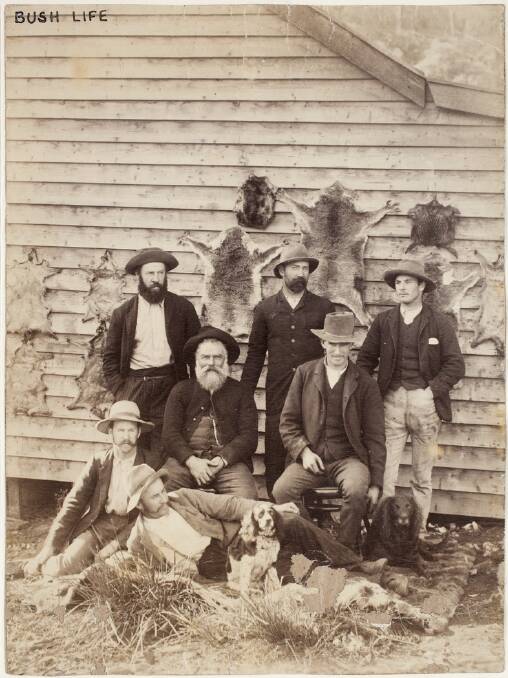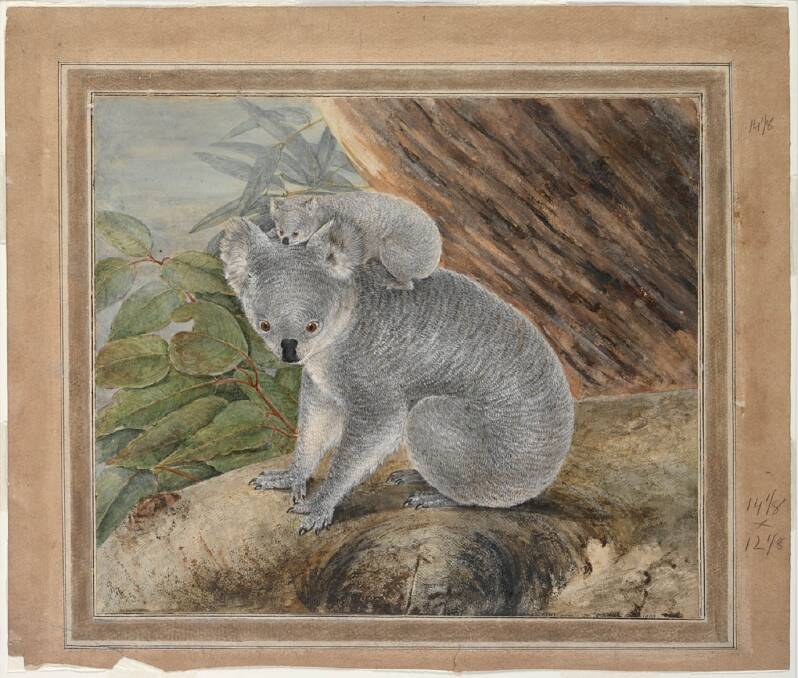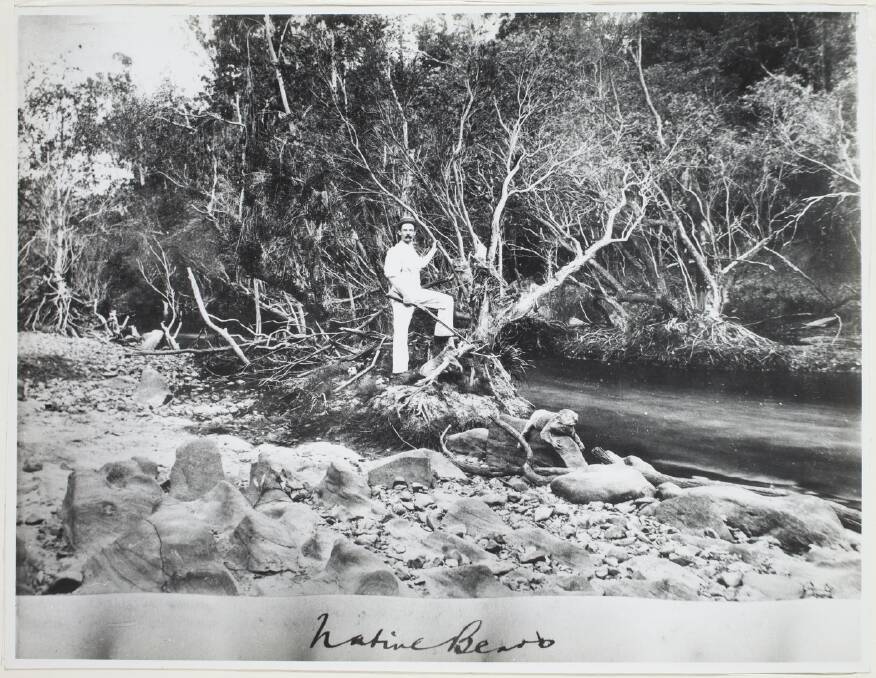
The recent catastrophic bushfires have highlighted the vulnerability of our native wildlife as never before. Animals have died in countless numbers, others have been severely burnt and are requiring 24-hour care. With much of their natural habitat destroyed, many will not be able to return to the areas they came from and will have to be re-homed elsewhere. Finding suitable bushland with the varieties of eucalyptus trees preferred by koalas was the reason for an inquiry received by our archives.
Subscribe now for unlimited access.
or signup to continue reading
From various historical records it appears that there were sizable colonies of koalas (Phascolarctos cinereus) or native bears living in the Manton, Yass River and Gundaroo areas which were extensively hunted for food and their skins. A 1962 report in the Canberra Times stated that the pioneers of Gundaroo "are reputed to have lived on meat, honey and firewood from the same tree, the meat being Koala bear."

Hunting 'bears' for food and their skins was a dangerous business. At Manton Creek in 1867, 13 year-old Ellen Druitt received fatal injuries while trying to cut a koala out of a hollow tree which fell, pinning her to the ground. But at least two koalas found their way to safety when local businessman Thomas Colls donated them to the new Zoological Society in Centennial Park, Sydney in 1885.
In October 1953 Walter Petty's household at Elizabeth Fields on Yass River Road was awoken by an incredible din. Upon investigation there was found to be a large fully-grown koala climbing the verandah post, much to the annoyance of the family's cats. It was the first koala that he had seen in the area for some 50 years. He said, "I am sorry to say I have helped to fell many a huge gum with three or four bears right up in the leaves, they would cry like a child, for they seemed to know the tree was about to fall... we used to tan the beautiful skins for rugs. That is going back 60 years ago. One thing we never did was to molest the mother koala when she had a pretty youngster perched on her back."

Apiarist Herbert Reardon at nearby Manton confirmed that locally koalas "were few and far between", sometimes going 12 months without seeing one despite his constant upward gaze in search of suitable flowering trees for his bees.
Following the mass slaughter of koalas and other fauna for their skins, the Native Animals Protection Bill was introduced in 1903. It was the first of a succession of acts to safeguard our wildlife. Last year the Word Wildlife Fund reported that the Yass-Queanbeyan population area had a koala population of 100-500. Where and when was the last time a koala was sighted in the Yass district? The Yass and District Historical Society archives would like to know.
- Please email yassarchives@gmail.com or call at our archives Tuesday 2-5pm or first Saturday of the month 11am-3pm.

